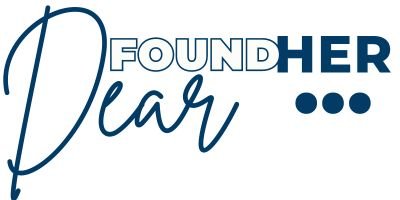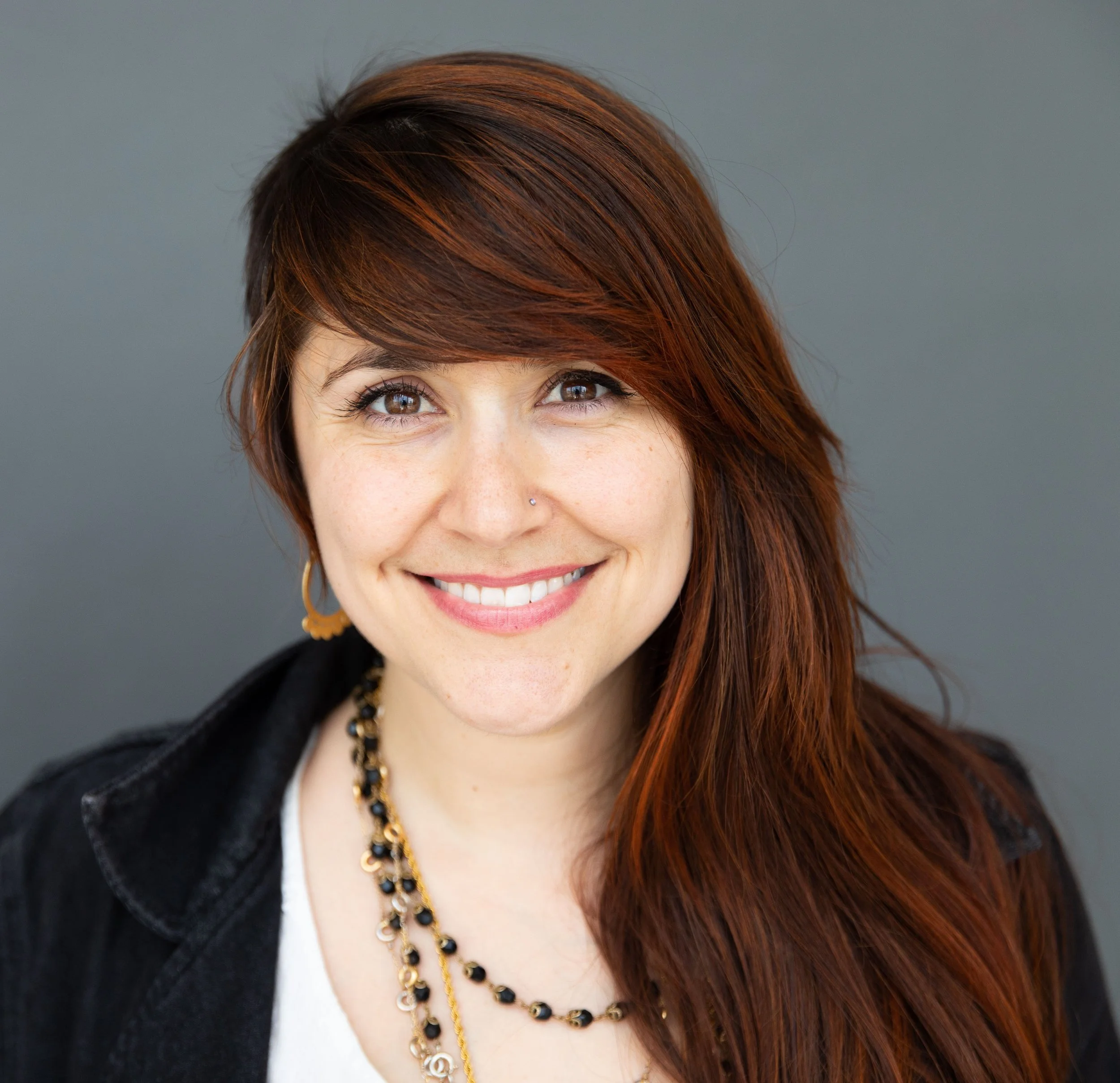Sarah Cogan, Founder of Sarah Cogan Costume Designer
Name: Sarah Cogan
Founder: Sarah Cogan Costume Designer
Who is Sarah Cogan?
I am a Costume Designer & Visual Producer with over 17 years of experience across all areas of design, and my latest film, 18 1/2 (2021) was eligible for the 2023 Oscars. I have worked on a wide range of projects from indie features to network tv, including designing the upcoming film Tapawingo starring Jon Heder, Billy Zane, Gina Gershon, and more, as well as, Assistant Costume Designed projects such as Lyle Lyle Crocodile (Sony), Helpsters (AppleTV--Nominated for an Emmy) and Last Week Tonight with John Oliver (HBO). Along with my design career, I have created multiple courses on film design for filmmakers, am currently writing a book on the subject, am the co-owner of Grandma's Closet, a costume rental house in Brooklyn, NY, and am the creator of Set Ready Go! The Ultimate Garment Bags. I’m also a proud member of USA/IATSE Local 829.
In less than three sentences tell us about your company and what you do.
As a storytelling costume designer and visual producer, my job is to help craft and formulate the overall aesthetic of a film or show with my collaboration partners. For me, designing and visual producing are a combination of anthropology, psychology, aesthetics, and storytelling; it’s a lot of asking questions and seeking answers. Who are the people; what is their world; what is their mental state; how does that relate to the audience’s understanding; how does that show up visually; what’s the best way to craft these elements to serve the story, be their costumes, hair, make-up, production design, or lighting.
What does BEING a FoundHer mean to you?
Being a FoundHer means to me that you’re creating new paths forward. It means taking control of my own life and teaching others tools to take their careers, dreams, and ambitions into their control. Being a FoundHer means providing for my community, be that resources, knowledge, encouragement, or financial opportunities/employment. It’s about filling a need your community has with excellence. Let’s take my workshops as an example: After poor sound quality, the number one reason a film with a great story doesn’t get into a film festival is due to poor production quality–meaning the design. In terms of the information out in the world about learning film design as a filmmaker, my understanding is that AFI and UCLA might be the only two schools that teach filmmaking students in depth about the design process. The challenge I see here is that all other filmmakers who can’t afford a designer, they don’t understand the process or how to utilize the tools to support their creative goals. Then, they wonder why no one is programming their short which they worked so hard on. If they are missing the third of the filmmaking process, then how are they to succeed? That’s why I created my workshops on design–to create accessibility to the information filmmakers need to know regardless of their budget. Even if they have a small amount of funds, they are still responsible for the film’s design. So, the question I ask myself everyday is: How can I help indie filmmakers looking to make their mark create films that get them noticed?
How do you support other female founders and women in business?
So many of the filmmakers I work with are females, and I get to champion their dreams–be that through resources, knowledge, career advice, or mindset and encouragement. That’s one of the lovely things about having my costume rental house, Grandma’s Closet. My business partner, Alexandria Hoffman, and I believe in supporting the up and coming costume designers and filmmakers by providing services within their budgets to further their careers. We both know how important having resources are to one’s portfolios in order to get the next project. Getting a special price on a rental or the use of equipment allows for filmmakers to punch above their weight class. Another way that I’m supporting my fellow female founders is through bringing awareness to the pay discrepancy between Costume Designers and their creative counterparts, Production Designers, and vocally asking for pay parody. Costume designers are predominantly women compared to any other area of film, and they are all in charge of their own career as freelancers who earn ⅔ of what a Production Designer earns. Both are incharge of their own departments and overseeing their given area. Costume designers are also responsible for dealing with the nuances of casts’ needs, managing their department’s budget directly, and ensuring the cast’s safety by providing the right types of clothing for stunts and locations (i.e. heels are dangerous on a grated floor, so wedges or block heels are necessary).
Costume Designers are a major part of social influence marketing–when people dress up as the characters for their favorite films for halloween, costume parties, or cosplay events, they are giving that film, its cast, and its character designers (costumes, hair, and makeup) a nod to say this film is worth seeing. Not only will they validate the film to the people they meet in person, they will also validate the project to 100s more through social media via postings and sharing. In the book 1 Million Followers by Brenden Kane talks about how this is the exact strategy Taylor Swift utilized to grow and maintain her following. Despite this added level of marketing value, costume designers’ work remains to be underpaid compared to their counterparts. Follow the hashtag #nakedwithoutus on social to keep up with this topic.
What lesson or skill did you take with you from a prior job to help you succeed in your role today?
I’ve been very fortunate to alway be designing, to never have had a “real job.” That said, early in my career, I used to light concerts at Le Poisson Rouge in New York City. Usually, I would have about 30 mins during sound check to ask the band what they wanted, focus their lights, and get a sense of their vibe before jumping into an hour plus live concert. Having to perform with excellence with almost no information was one of the best experiences of my life. I learned how to really listen to what’s in front of me, to trust my gut, to ask the right questions and to make strong choices without hesitation. I definitely wasn’t perfect, and I created some amazing moments and images for audiences. It’s given me a grace under fire I take into all that I do.
What is something you do differently from the industry standard?
Well, I’m a bit of a different bird from my other design colleagues. Beyond doing all areas of visual design, I’m also very entrepreneurial. I have multiple design related businesses and continue to think of more. As a designer, I’m very marketing focused, asking: what can we create in the development, preproduction, and production periods to utilize down the road a content and ways to build an audience? I’m also obsessed with the psychology of design and how it affects the story, so I tend to nerd out about that during every project as well.
Do you want to share your story and advice with the Dear FoundHer… community? CLICK HERE to submit your information.
Follow us on Instagram @dearfoundher and join our Facebook community for more conversation.
Make sure you tune in to Dear FoundHer… for new episodes every Tuesday and Thursday.


